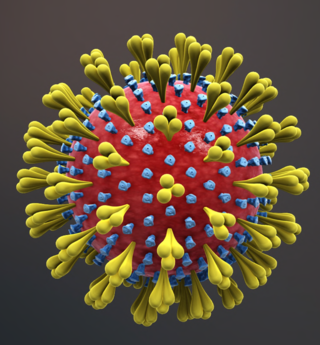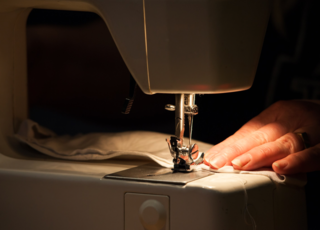
April 21st, 2020. The state of Massachusetts has been in semi-lockdown for five weeks, as kids and parents are remote working and learning. School has just been canceled through the end of the summer. The epidemic of COVID-19 here supposedly peaked yesterday… the peaks, though, if you look at the graphs from 91-divoc, are long and terrible.
As of today at 2:30 p.m. Eastern, there are 804,194 documented cases in the United States with 43,200 deaths and 2.5 million known cases worldwide. No doubt there are many-fold more undocumented cases. Just how many unknown cases remains a mystery, and the hope that asymptomatic or mild cases are massively undercounted, increasing the chances of so-called “herd immunity,” is a common refrain on social media. Because perhaps the disease isn’t as deadly as we thought after all. If so, that is only a good thing…however, caution is advised. Even in the most overrun places in the world, there is not enough (theoretical) immunity to prevent the spread of infection in the next wave.

Figuring out the case fatality rate is important, but that requires knowing the total number of infections and the total number of deaths, both of which are unknowable at the moment. Now, at the peak of the first wave of the epidemic, where some areas of the country are overrun (here in Boston several hospitals have converted multiple regular floors into makeshift ICUs and are training the pediatric hospitalists to help with the adults), and the chaos and horror in NYC, where as many as 1/660 New Yorkers have already died from the illness, is a worldwide story. For this reason, the number of severe infections is the important one right now, no matter how many go missed in the community. The moment you overwhelm the health care system, more people die, not only of COVID19, but also from being scared to go in, so you sit at home with a septic appendix, or not having a bed when one is needed.
But we also have to come to terms with the truth, that there is no COVID-free public space for the foreseeable future. There is only COVID-mitigated. As we come down from the peak of the first wave and brace for the next, we must move as a society toward greater hygiene and safety in our public spaces. This means some businesses won’t be the same until there is a vaccine.
The best-case scenario is this one: we expand testing and diagnostics. We harvest all the thousands recovered patients for experimental plasma therapy that, so far, has seemed promising. We invent and mass-produce a monoclonal antibody (essentially lab-designed plasma) that can fight the infection. We use monoclonal antibodies or recovered plasma for prophylaxis for those at high risk and working in health care. The moonshot of the first vaccine works, and we start using the vaccine in health care workers by the fall and the rest of the world in the spring. We have adequate personal protective gear for hospitals and clinics and nursing homes, and we’ve learned enough about the illness to lower the death rate by a large amount.
Oil shocks and restaurant closures and unprecedented unemployment for a good chunk of 2020 will still cause tremendous suffering. Most folks will still rely on remote work, remote learning, digital orders, and deliveries and avoid large groups. Masks and sanitizing stations should be available at the entrance to every business.
The worst-case scenario involves food shortages, an economic collapse similar to the Great Depression, mass societal unrest, failure of vaccines and treatments, short-term immunity only (leaving all current experiments driving up infection rates in the short term complete failures), and second infections being worse than the first, as with diseases like dengue.
We should hope for the best, and prepare for the worst. Continue to slowly stock up on canned goods and nonperishable items, to support your local neighbors' businesses as best you can through the purchase of gift certificates, digital orders, and donations to food banks. As a business owner, consider how you can make your business COVID-mitigated if possible with universal masks and stepped up sanitation procedures.
In the Northern hemisphere, it’s time to start the garden so we are less reliant on external sources of food. Even the smallest apartment can support a tiny windowsill herb garden. Mask up and be careful when out and about, for the foreseeable future. Research your local fresh food sources (farmer’s markets and ranches) in case the supply chain breaks down for a time.

Every week buys us more time to learn about the illness. We will know how safe it is outside versus inside, how originally going on a ventilator in Wuhan was essentially a death sentence, and now there is a decent chance you are extubated and, slowly, recover. We also have a lot of nasty things to learn with respect to long-term damage to lungs and other organs.
So try to be as healthy as possible, for yourself, your family, your neighbors, your employees, and friends. The world is a different place now, in many ways a scarier place, but our ancestors and many folks who have lived through modern famines and war have endured worse and come through. Adaptation is more useful than despair.
Copyright Emily Deans MD




